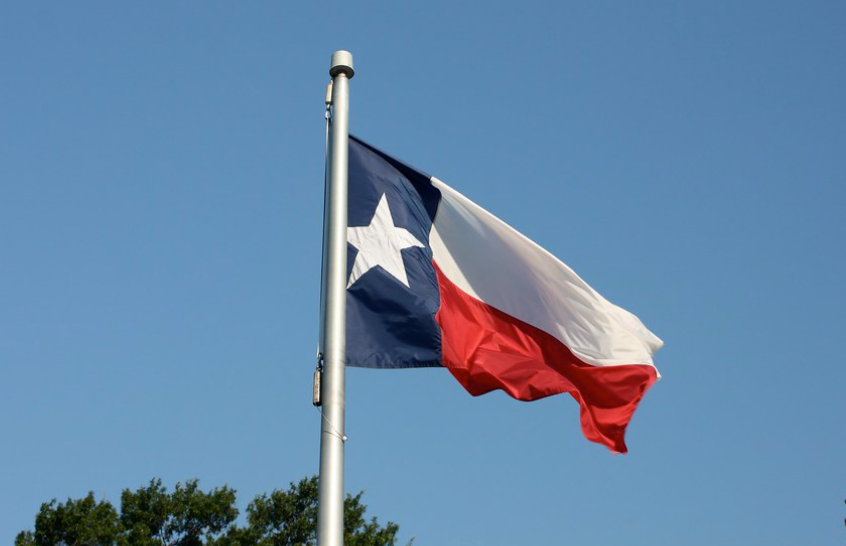Texas Adjusts Borderline to Address Water Supply Issue

After prolonged negotiations with Oklahoma, Texas has redrawn its northern border to resolve a challenging water management issue, the Texas General Land Office (GLO) announced in a news release on Thursday.
While neither state gained or lost significant territory, they traded a small plot of 1.34 acres, as confirmed by the North Texas Municipal Water District (NTMWD).
Although this border dispute dates back several decades, momentum picked up in August 2009 when a discovery was made at Lake Texoma, a border lake where Texas operates a water pump station.
The NTMWD found zebra mussels, an invasive species.
Shutting down the pump station to prevent mussels from spreading prompted a question with a complex answer: Was the station positioned within Texas or Oklahoma?
If situated in Oklahoma, operating the pump would break federal law prohibiting interstate transport of zebra mussels.
Further investigation showed that when the pump station was built in 1989, it was inside Texas’s boundaries. However, in 2000, Texas and Oklahoma established a new boundary line along the south bank of the Red River, putting part of the station in Oklahoma, according to The Texas Tribune.
As a solution, Texas proposed a new boundary to Oklahoma in 2021.
On October 30, the Red River Boundary Commission formalized the Amended and Restated Texoma Area Boundary Agreement, fixing the border issue and ensuring that the pump station sits entirely within Texas, the GLO said in its release.
“As Texas Land Commissioner, it is my honor to work on behalf of all Texans and bring solutions to the table to benefit our great state,” stated Texas Land Commissioner Dawn Buckingham.
“This adjusted boundary line will ensure that the water supply for millions of North Texans originates from a reliable source within Texas,” she added.
Today, Commissioner Buckingham is pleased to announce that the Red River Boundary Commission, with the help of the @TXGLO's surveying team, has redrawn the Texas-Oklahoma boundary under Lake Texoma in north Texas.
— Texas General Land Office (@TXGLO) November 7, 2024
This redrawn state boundary will ensure the security and… pic.twitter.com/gqgE9ORYjA
According to the GLO, this new boundary will secure approximately 30 percent of the drinking water supply for over 2 million residents in northern Texas.
“One of the top priorities for the NTMWD Board of Directors is to ensure our growing region has sufficient water supplies,” remarked NTMWD Board Member Marvin Fuller.
“Reaching an agreement on this matter is a vital component of our long-term water supply strategy. We’re grateful to have resolved this issue.”
Under the agreement, the NTMWD will pay $10 million to the Oklahoma State Treasurer, per an NTMWD news release.
Technically, neither state holds ownership over the land in question. Instead, it remains under the control of the United States Army Corps of Engineers, the agency managing Lake Texoma, according to the NTMWD.